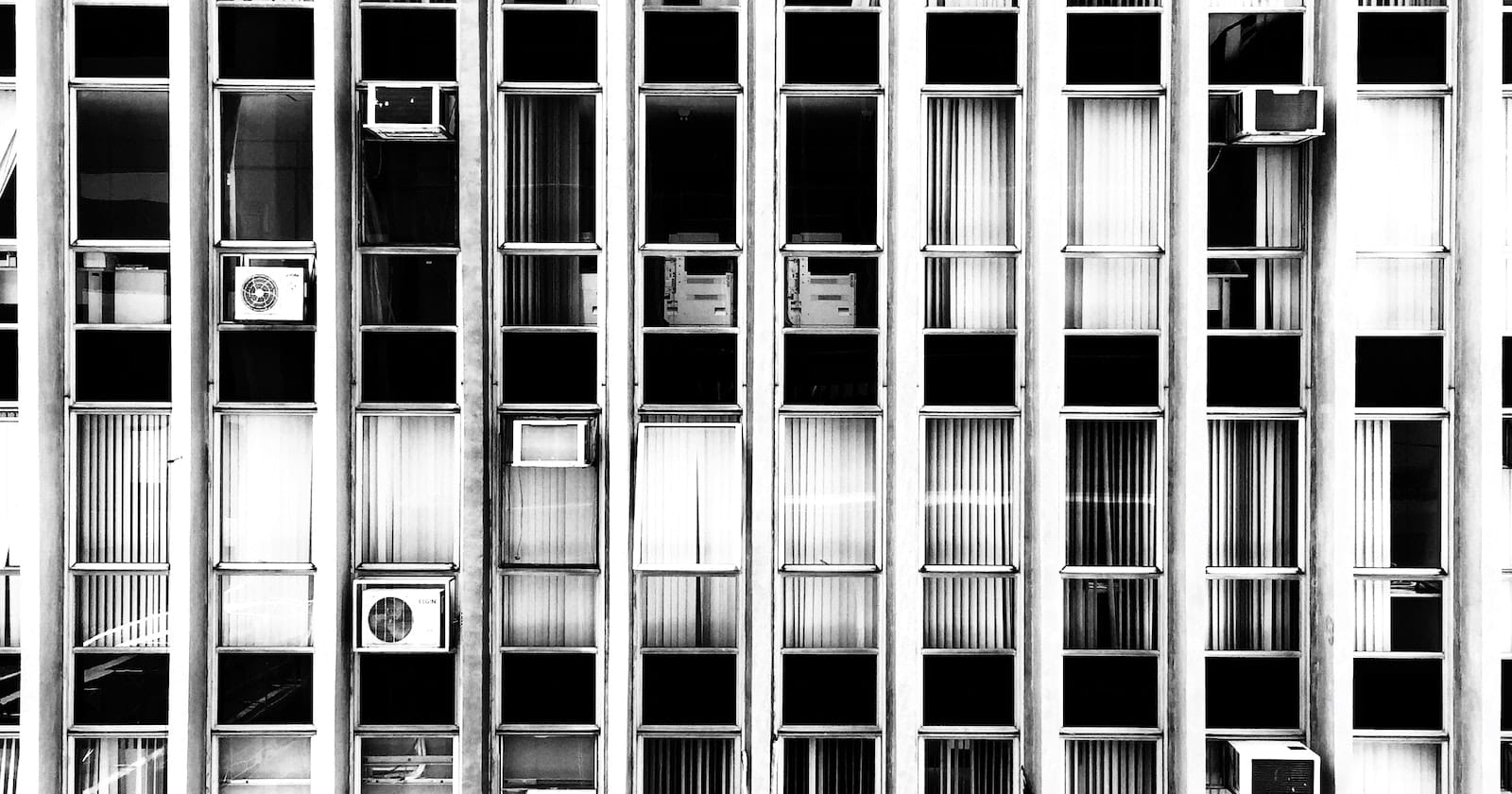Mini split systems have gained popularity as an alternative cooling solution for homes. They offer several advantages such as energy efficiency and flexibility in zone cooling. However, like any other technology, mini split systems also come with their own set of disadvantages that homeowners should be aware of.
In this blog post, we will discuss the major disadvantages of mini split systems, and provide tips on how to mitigate these disadvantages.
Cost
One of the primary disadvantages of mini split systems is their cost. In many cases, the installation cost of a mini split system can be equivalent to or even higher than the purchase cost of the system itself. For example, a $1500 mini split system may require an additional $1500 for professional installation. This can make mini split systems a significant investment, especially when compared to traditional central air conditioning systems.
To mitigate the cost disadvantage, it’s important to carefully consider your budget and explore financing options. Some manufacturers and HVAC contractors offer financing plans that allow you to spread out the cost of the system over time. By evaluating different financing options, you can make the upfront cost of a mini split system more manageable.
Installation
Another disadvantage of mini split systems is the complexity of installation. Unlike central air conditioning systems that have a single unit serving the entire house, mini split systems require a separate unit for each room or zone that needs cooling. This means that multiple indoor and outdoor units need to be installed, which can be more time-consuming and disruptive compared to installing a single central unit.
Additionally, the installation process of mini split systems may involve drilling holes in walls and ceilings to accommodate the refrigerant lines and electrical wiring. This can be a concern for homeowners who want to avoid extensive modifications to their homes. It’s crucial to hire a qualified professional installer with experience in mini split systems to ensure proper installation and minimize any potential damage to your property.
Noise
Mini split systems can also be noisier compared to central air conditioning systems. The compressor and condenser units of mini split systems are typically located outside the home, and they can generate considerable noise during operation. This noise can be disruptive, especially if the outdoor units are positioned near bedrooms, living areas, or neighbors.
To address the noise issue, it’s important to choose a mini split system that is designed to be quiet. Look for systems that have noise-reducing features such as sound insulation, variable-speed fans, or advanced compressor technology. By investing in a quieter mini split system, you can minimize the disturbance caused by the outdoor unit’s noise.
Efficiency
While mini split systems offer energy efficiency advantages, they may be less efficient than central air conditioning systems when it comes to cooling an entire home. Mini split systems are designed to cool individual rooms or zones, which means they may not be able to achieve the same level of cooling performance as a central air conditioning system.
To maximize the efficiency of a mini split system, it’s essential to properly size and configure the system according to your specific cooling needs. Oversizing or undersizing the system can lead to inefficiencies and suboptimal performance. Consulting with an HVAC professional can help determine the appropriate capacity and placement of indoor units for each room, ensuring that the system operates at its highest efficiency.
Tips for Mitigating the Disadvantages of Mini Split Systems
Consider the cost
When evaluating the cost of a mini split system, make sure to account for the installation expenses. Explore financing options offered by manufacturers or HVAC contractors to spread out the cost over time, making it more affordable.
Choose a quiet system
If noise is a concern, select a mini split system that is designed to minimize noise. Look for models that have noise-reducing features, such as insulated compressors or variable-speed fans. Research user reviews and consult with HVAC professionals to find a quiet system that suits your needs.
Install the system properly
Proper installation is crucial for the optimal performance of a mini split system. Hire a qualified HVAC professional experienced in installing mini split systems to ensure that the units are placed correctly, refrigerant lines are properly insulated, and electrical connections are secure. This will help prevent any operational issues and ensure the longevity of your system.
Maintain the system properly
Regular maintenance is essential for the efficient operation and longevity of any cooling system, including mini split systems. Schedule annual maintenance visits with a qualified technician to clean the system, check refrigerant levels, inspect electrical connections, and ensure that all components are in good working order. By maintaining your mini split system, you can prolong its lifespan and maximize its performance.
By considering these tips and taking the necessary steps, you can mitigate the disadvantages of mini split systems and enjoy the benefits of a comfortable and efficient home cooling solution.
Conclusion
While mini split systems offer many benefits, it’s important to consider their disadvantages before making a decision. The cost, installation complexity, noise, and efficiency limitations are factors that homeowners should weigh carefully. However, by implementing a few strategies, you can mitigate these disadvantages and enjoy the advantages of a mini split system.



